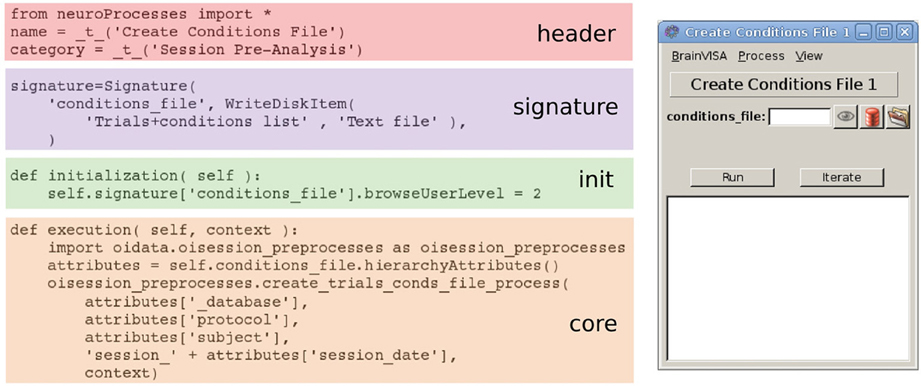Scientists have introduced a new open-source software package designed to simplify the analysis of functional optical brain imaging data. This software, named Vobi One, addresses the growing need for standardized and accessible tools in this complex field of neuroscience.
Functional optical imaging is a technique used to observe brain activity by measuring changes in light properties that are linked to neural activity. It’s particularly valuable for studying brain function at a mesoscopic scale, allowing researchers to examine activity within specific brain areas with high spatial and temporal precision. This technique is used in various settings, from examining tissue samples in the lab to non-invasively studying brain activity in humans.
However, the analysis of the large datasets produced by optical imaging has been hampered by a lack of uniformity in methods and software. Researchers have often had to rely on diverse, sometimes custom-built, scripts and tools, making it difficult to compare results across studies and ensure reproducibility.
Vobi One aims to overcome these obstacles by providing a comprehensive and user-friendly platform for processing mesoscopic functional optical imaging data. Developed as a toolbox within the BrainVISA software environment, Vobi One offers both a graphical user interface for ease of use and the option to write scripts in Python for more advanced analyses.
Key features of the software include standardized workflows for common data processing techniques, a built-in database to manage and organize data, compatibility with the Nifti neuroimaging data format for easy data sharing, and a range of analysis methods. These methods include a standard technique for removing background noise and a more advanced linear model-based method for detailed signal analysis. Vobi One also provides visualization tools to help researchers interpret their imaging data.
The developers emphasize that Vobi One is designed to be open source, encouraging collaboration and allowing researchers to contribute to its ongoing development. This open approach is expected to foster the sharing of best practices in data analysis and improve the reliability of research findings in functional optical imaging.
Currently, Vobi One supports data from specific optical imaging systems but is designed to be extensible to accommodate other data formats and analysis techniques. Future development plans include enhancing visualization capabilities and incorporating new methodological advancements to further refine the software’s analytical power and broaden its applicability to different types of optical imaging experiments. The software is freely available online, along with detailed documentation and example datasets, aiming to support a wider community of neuroscientists using functional optical imaging in their research.

Leave a Reply